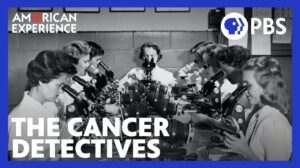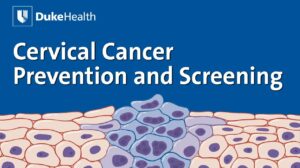NEW YORK (Reuters Health) – Compared to open radical prostatectomy in patients with recurrent prostate cancer after failed primary therapy, robotic-assisted laparoscopic prostatectomy “is an attractive alternative”, and is associated with possibly superior outcomes
That’s according to a report in the Journal of Urology online September 20 from Dr. Joseph A. Smith and colleagues at Vanderbilt University Medical Center in Nashville, Tennessee.
“Although salvage surgery for locally-recurrent prostate cancer is challenging, a high proportion of patients after sRALP (salvage robotic-assisted laparoscopic prostatectomy) have encouraging early oncologic results,” they comment
The authors explain that open salvage radical prostatectomy in patients with localized relapse of prostate cancer can yield 5-year recurrence-free survival rates of 85%. However, the procedure is technically challenging and the morbidity rate “daunting.” Information about outcomes with robotic-assisted laparoscopic prostatectomy in the salvage setting is scarce.
The team therefore reviewed their database of 4234 patients who have undergone robotic-assisted laparoscopic prostatectomy. Among this cohort there were 34 men who had the procedure after experiencing local, non-metastatic recurrence of prostate cancer following prior definitive ablative therapy – i.e., external beam radiation, brachytherapy, or a combination of both, or high intensity ultrasound.
The median operative time in the salvage group was 176 minutes, according to the report, and 29 of the men (85%) also underwent bilateral pelvic lymphadenectomy. There were two major complications: a pulmonary embolism, and a rectal laceration requiring repair. Postop, 12 patients had “excellent” urinary continence, the investigators report.
Surgical margins were positive in 9 patients (26%), although this was not significantly associated with biochemical failure. Among the whole group, six patients (18%) had biochemical failure during a median follow-up of 16 months.
Factors associated with biochemical failure were the Gleason score at original diagnosis of prostate cancer, and the PSA doubling time (PSADT).
“When viewed in conjunction with patient factors such as life expectancy and pre-sRALP PSA, our results suggest that those with slow PSADT and low-grade disease at original diagnosis are most likely to benefit from sRALP,” Dr. Smith and colleagues suggest.
They also point out the low rates of bladder neck contractures, short length of stay and modest blood loss with salvage robotic-assisted laparoscopic radical prostatectomy compared with the open procedure, leading them to conclude, “Our data suggest that sRALP is a safe and compelling alternative to open SRP and may offer some advantages.”




